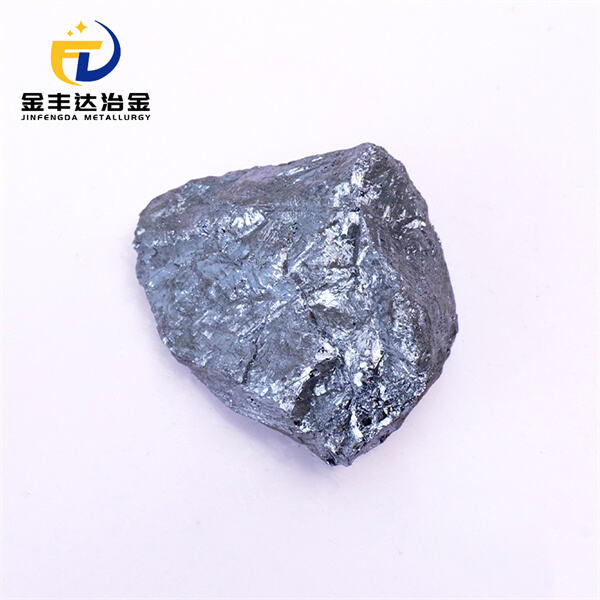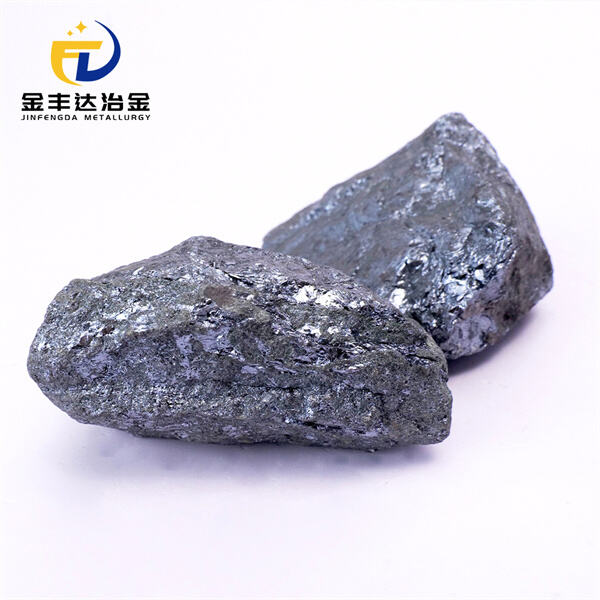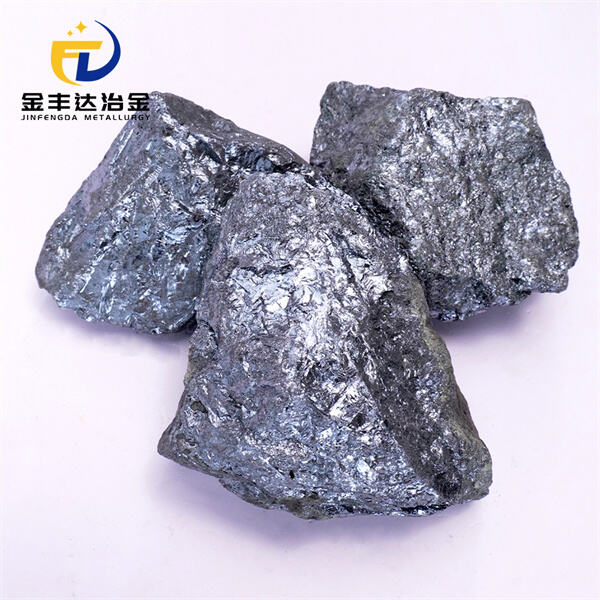Metallic carbon is a phenomenal type of substance that can do exciting stuff! We are going to study everything of the alloy carbon and the applications of it in the engineering nowadays.
Alloy carbon is a combination of carbon with other metals, such as iron or nickel. These allow carbon to grant alloy some pretty cool properties. For instance, alloy carbon can be very strong and hard. That makes it great for making things like cars and planes. Jinfengda Calcium Silicon is also extremely light, making products easy to carry and use.
Alloy carbon is of paramount importance in engineering nowadays. Engineers use it to create all sorts of gadgets and gizmos that we use on a daily basis. For example, alloy carbon is used to create strong car parts, which in turn keeps us safe. It is also used in airplanes, making them capable of flying higher and faster. Without that alloy carbon, a lot of things we rely on today would also be cause for wonder, as they would not exist.

One of the most amazing things of alloy carbon is how flexible it is. By mixing metals, engineers can create alloy carbon with different properties. This is so that they can tailor the material for different purposes. For instance, they can add more carbon to make it even stronger. They can make it more bendable by putting a little bit less carbon in. This versatility makes Jinfengda Silicon Carbon Alloy a best choice for most engineers.

This is really the material that has revolutionized the car industry and everything about it because of alloy carbon materials. Alloy carbon cars are sturdier, lighter and consume less fuel. It also means they are safer to drive and cheaper to run. Jinfengda Silicon Carbide has also contribute to making cars last longer and require less repair. So, car companies are increasingly using alloy carbon in their cars.

Alloy Carbon allows engineers to design lighter and stronger products. That’s because the Jinfengda Ferromanganese-Silicon is so stout that less of it can be used per volume without giving up any of its strength. That makes phones, laptops, bikes and other products lighter and easier to carry. It also means that buildings can be made taller with less material, saving time and cost.